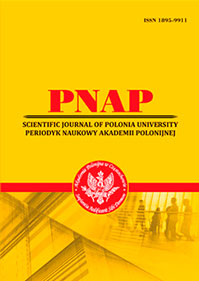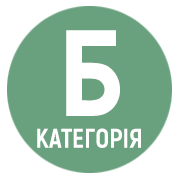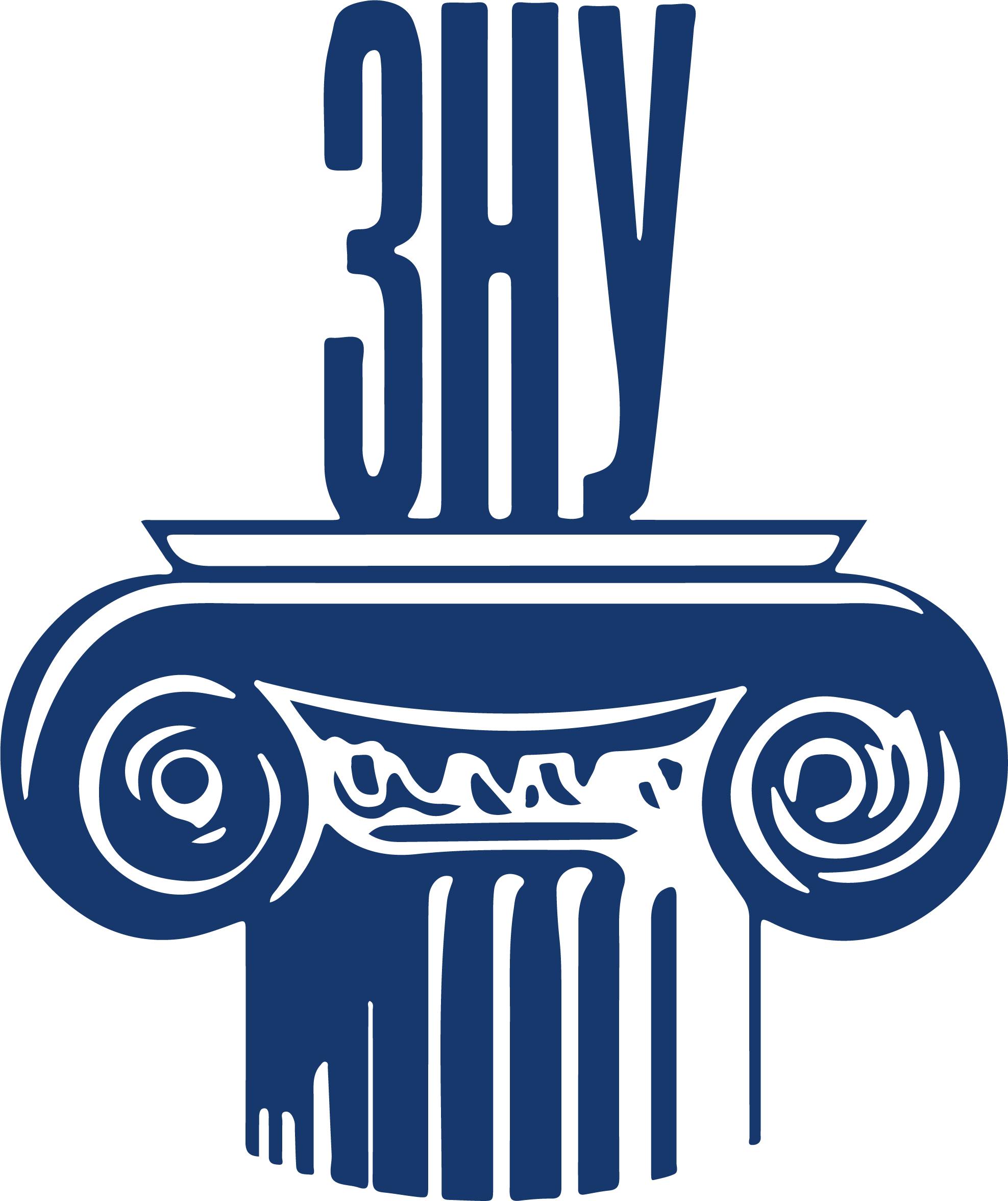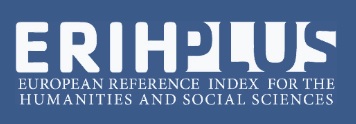PORTRAIT DESCRIPTION OF THE MAIN CHARACTER IN THE NOVEL BY CH. BRONTË “JANE EYRE”
Abstract
The article is devoted to a comprehensive analysis of the portrait description of the main character in Charlotte Brontë’s novel “Jane Eyre” at the content- figurative and stylistic levels. The relevance of the study is determined by the growing interest of modern philological science in studying the individual- authorial worldview and the ways of its representation through artistic images of characters. Studies devoted to the analysis of portrait characteristics as a means of revealing the author’s worldview and the cultural-historical context of the epoch are gaining particular relevance. The aim of the work is to identify and systematize verbal means of portraying the main character, to analyze stylistic techniques for creating portrait characteristics, to clarify the role of portrait details in revealing the inner world and evolution of Jane Eyre’s image, and to determine the specificity of the author’s approach to portraiture in the context of the Victorian era. The research material is Ch. Brontë’s novel “Jane Eyre” (1847) in the original, from which fragments containing portrait descriptions of the main character were selected using a continuous sampling method. The work employs methods of stylistic, semantic, and contextual analysis, which allow for revealing the multi-level structure of portrait characteristics. The study demonstrates that the portrait description of the heroine is created through a complex system of verbal means that perform not only descriptive but also profound characterological functions. The basis of portraiture consists of somatisms and stylistic devices that reveal the inner world of the character. The most productive means proved to be metaphors, animalistic comparisons, and personification. Metaphorization creates multi- layered images that identify the heroine with light and natural phenomena, demonstrating her spiritual transformation. Animalistic comparisons reveal the evolution of the image from negatively marked to positive associations, reflecting the dynamics of the protagonist’s character. Eyes play a special role as the central element of the portrait, symbolising the heroine’s inner strength and emotional depth. In the context of the Victorian era, portrait characteristics serve as a means of creating an atypical female image that combines external tenderness with inner strength and independence, challenging established gender stereotypes.
References
2. Воробйова О.П. Когнітивна поетика: здобутки і перспективи. Вісник Харківського національного університету ім. В.Н. Каразіна. 2004. Вип. 635. С. 18–22.
3. Гром’як Р.Т., Ковалів Ю.І., Теремко В.І. Літературознавчий словник-довідник. Київ : ВЦ «Академія», 1997. 752 с.
4. Зимомря М.М., Зимомря М.І. Статус художньої правди у текстовій матриці роману «Джейн Ейр» Шарлотти Бронте. Наукові записки ТНПУ ім. В. Гнатюка. Серія : Літературознавство. 2015. Вип. 42. С. 243–246.
5. Кагановська О.М. Текстові концепти художньої прози (на матеріалі французької романістики середини ХХ сторіччя) : монографія. Київ : Вид. центр КНЛУ, 2002. 292 с.
6. Калінюк О.О. Композиційно-мовленнєва форма «опис» в науково-фантастичному тексті : автореф. дис. ... канд. філол. наук. Одеса, 1999. 16 с.
7. Насалевич Т.В. Емоції як об’єкт лінгвістичних досліджень. Філологічні науки. Теоретичні та методологічні проблеми дослідження мови. 2015. № 3. С. 46–49.
8. Огієнко І. Історія української літературної мови. Вінніпег : Вид-во «Наша культура», 1949. 402 с.
9. Потебня О.О. Естетика і поетика слова : збірник. Київ : Мистецтво, 1985. 301 с.
10. Ревуцька С.К., Форгель М.В. Елементи автобіографії у романі Ш. Бронте «Джейн Ейр». Вісник Університету імені А. Нобеля. Серія «Філологічні науки». 2020. № 2 (20). С. 113–118.
11. Сухова А.В. Метафора як основа естетичної цінності художнього тексту (на матеріалі англомовної новели). Вісник ХНУ імені В.Н. Каразіна. Серія : Іноземна філологія. Методика викладання іноземних мов. 2018. № 87. С. 129–135. DOI: https://doi.org/10.26565/2227-8877-2018-87-16.
12. Ahmed H.A., & Farhood N.A. The female voice in Jane Eyre Novel. International Journal of Health Sciences. 2022. Vol. 6(S5). P. 1879–1886. DOI: https://doi.org/10.53730/ijhs.v6nS5.9994.
13. Barthes R. Elements of Semiology. London : Cape, 1967. 111 p.
14. Baskett M.S. Charlotte Bronte’s Timeliness in Jane Eyre. Tenor of Our Times. 2012. Vol. 1. Article 6. URL: https://scholarworks.harding.edu/tenor/vol1/iss1/6.
15. Bronte C. Jane Eyre. Kharkiv : Folio, 2021. 653 p.
16. Gilbert S.M., & Gubar S. Madwoman in the Attic: The Woman Writer and the Nineteen Century Literary Imagination. 2nd ed. New Haven; London : Yale University Press, 1984. 768 p.
17. Heidegger M. What is Philosophy? New York : New College and University Press, 1956. 93 p.
18. Jnge C.J. Jane Eyre’s Quest for Truth and Identity. The Oswald Review : An International Journal of Undergraduate Research and Criticism in the Discipline of English. 1999. Vol. 1. Article 6. URL: https://scholarcommons.sc.edu/tor/vol1/iss1/6.
19. Ledbetter K. British Victorian Women’s Periodicals: Beauty, Civilization, and Poetry. London : Palgrave Macmillan, 2009. 248 p.
20. Matthews M. A Victorian Lady’s Guide to Fashion and Beauty. Barnsley : Pen & Sword Books, 2018. 176 p.
21. Rackham R. Like a “Caged Bird”: Jane Eyre’s Flight to Freedom Through Imagery in Jane Eyre. Criterion : A Journal of Literary Criticism. 2017. Vol. 10(2). Article 11. URL: https://scholarsar-chive.byu.edu/criterion/vol10/iss2/11.
22. Sharma K. Jane Eyre: A struggle for identity. New Man International Journal of Multidisciplinary Studies. 2014. Vol. 1(5). URL: www.newmanpublication.com.
23. Stone P.K., & Shapiro Sanders L. Bodies and Lives in Victorian England: Science, Sexuality, and the Affliction of Being Female. London : Taylor & Francis, 2020. 224 p.
24. Wellek R., & Warren A. Theory of literature. New York : Harcourt, Brace, 1949. URL: https://archive.org/details/theoryofliteratu00in-well/page/56/mode/2up.

This work is licensed under a Creative Commons Attribution 4.0 International License.
 ISSN
ISSN 


.png)




